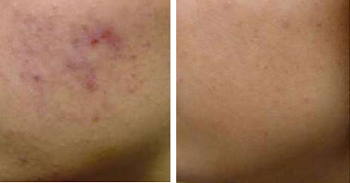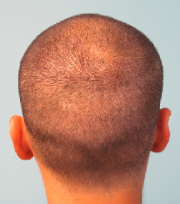The reality of acne scars is that many individuals are affected by them not only through puberty, but well into our adult lives. Whether it is on our face, or other areas of our body. Some people may recover from having acne without any permanent scars, while others may be prone to and left with scars, especially when acne is disrupted unnaturally. Mild acne scars can be treated with over the counter and prescription medications or topical skin products. However, if your case is more severe and these products/medications are not working for you, skin resurfacing is the next available option.
 Microdermabrasion is a popular procedure being done to help reduce the appearance of acne scars. This procedure also leaves ones skin looking brighter and softer. It can be performed with all skin types and tones.
Microdermabrasion is a popular procedure being done to help reduce the appearance of acne scars. This procedure also leaves ones skin looking brighter and softer. It can be performed with all skin types and tones.
During the process of microdermabrasion, tiny crystals will be sprayed onto your skin which will remove the outer layer very gently. The procedure is done without the use of any numbing medication. After the procedure, your skin will feel dry and have a tightness. Usually the skin will turn pink for about a day and will resume back to normal by the second day, but sun exposure should still be avoided. In order to hydrate your skin, the doctor will most likely tell you to use a moisturizer and drink plenty of water until the dryness of your skin goes away.
It is important to visit your dermatologist routinely to keep your skin youthful, glowing, and radiant.

